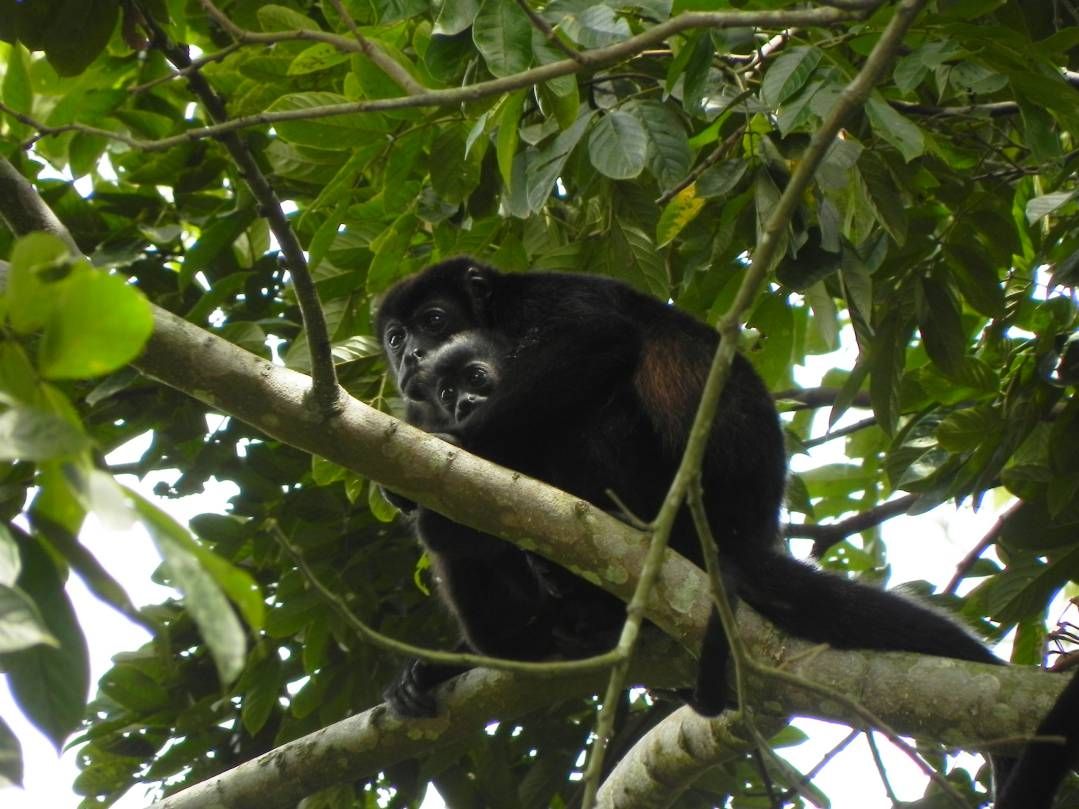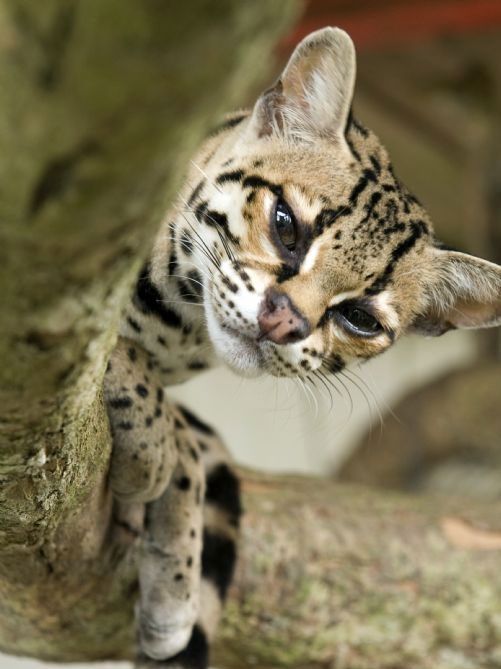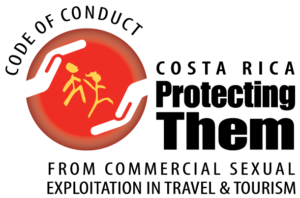Caribbean
Caribbean Jungle
South of Puerto Limón town predominate the beautiful beaches of Costa Rica’s Atlantic Coast. Beyond those, further inland lies Selva Bananito Lodge amid extensive banana plantations and wild jungle. The lodge is truly a hidden jewel and amazing spot for eco-tourism. Surrounded by mountains and dense forests which connect with La Amistad National Park, fascinating views and close encounters with the extensive biodiversity in this region are guaranteed.
LOAD MORE...At this charming place, visitors will find a successful balance of adventure and relaxation in harmony with nature. “Back to the roots” is the motto, since electricity is only available for emergencies. But what could be better than finishing off an adventurous day full of interesting activities while watching the sunset and enjoying a candlelight dinner? During the day, activities like climbing up the giant jungle trees, rappelling down a waterfall, horseback riding, hiking or bird spotting during an early morning stroll provide for astonishing and unforgettable experiences.
South Caribbean
The Caribbean part of the country is composed entirely of the colourful province of Limon, known also as Puerto Limón; with its dense rainforest, monumental mountains, and ravishing beaches that meet both the Nicaraguan and Panamanian borders. Truly a natural paradise. Limón has the highest percentage of protected land in the country, for this reason, it is considered one of the best places to spot flora and fauna. Its cultural variety is as impressive as its natural beauty. Actually, Limón is the cradle of the afro-descendant community in Costa Rica - the incontestable evidence of the Jamaican immigration flow during the 19th century caused by banana production.
LOAD MORE...As a matter of fact, this growing and thriving community made Marcus Garvey (an inspirational figure for civil rights leaders) visit Limón in 1921 to promote equity and social justice among the black community. However, the Caribbean is also home to the Chinese who came more than a century ago, to work in the building of the railroad to the Atlantic. Likewise, this region happens to be the home to the aboriginal peoples Bribrí, Cabecar and Guaymies as well as to Europeans who fell in love with this flavorful mixture of opulent nature and mellow sights and sounds. Temperatures at the Caribbean Coast generally range between 25 - 30 C° and humidity levels are quite elevated. Rains are part of daily life but it’s in the name: Rainforest! Nevertheless, there is plenty of sunshine almost every day. March, April, September and October are the driest months, so this period is known as the Caribbean summer. It is always good to remember that the climate is tropical and thus unpredictable.
A to-do list for Limón should definitely include sun-bathing, fishing, bird watching, boat tours, horseback riding by the beach, camping in Talamanca, the Aerial Tram and lots of water activities such as white-water rafting, ocean and river kayaking, surfing, diving, crustacean spotting, snorkelling and canoeing. One of the highlights of this region is Tortuguero National Park in the northern part of the province, a protected extension of land and one of the most important nesting places on Earth for the Green Turtle, the Hawksbill, the Loggerhead, and the Leatherback turtle as well. Further south lies Cahuita, where an important expanse of coral reefs is protected, just great for snorkelling lovers. And then there is Puerto Viejo, the land of stress and hassle-free living, where the music, beach, fine cuisine, lovely people and surf connects. A bit south of Puerto Viejo, there is the Gandoca Manzanillo Wildlife Refuge, which protects almost 4'500 hectares of beaches and sea.
North Caribbean
Here, you will find another treasure and one of the most visited areas in the country. The Tortuguero National Park protects a total of 76'937 hectares of nature, 50'284 of which are rainforest and 26'653 marine. It is reachable only by boat via an extended river and canal system, or by plane.
LOAD MORE...A third of all endangered animal species in Costa Rica have claimed Tortuguero as their home. Over 300 bird, 30 frog and toad, 28 snake, and 6 sea turtle species can be found in this humid part of the country. The driest months in Tortuguero are February, March and September, however, even then, it's a good idea not to leave your raincoat behind. Tortuguero, a small village with about 700 inhabitants, has drastically changed in the last few years. About 20 years ago, many villagers earned a living as turtle hunters, selling their meat and eggs. Cleanliness in the village was not a top priority. Today, people are very conscious of the positive influence tourism brings. Recycling is a word everyone knows, and the continuous education and training by the hotels, the National Park and private organisations such as the Caribbean Conservation Center, are paying off. Conserving nature - more specifically protecting the sea turtles - is now at the centre of everyday life. Nowadays, most people live directly or indirectly from, or for, tourism. This way, they contribute to conserving their impressive home.


















